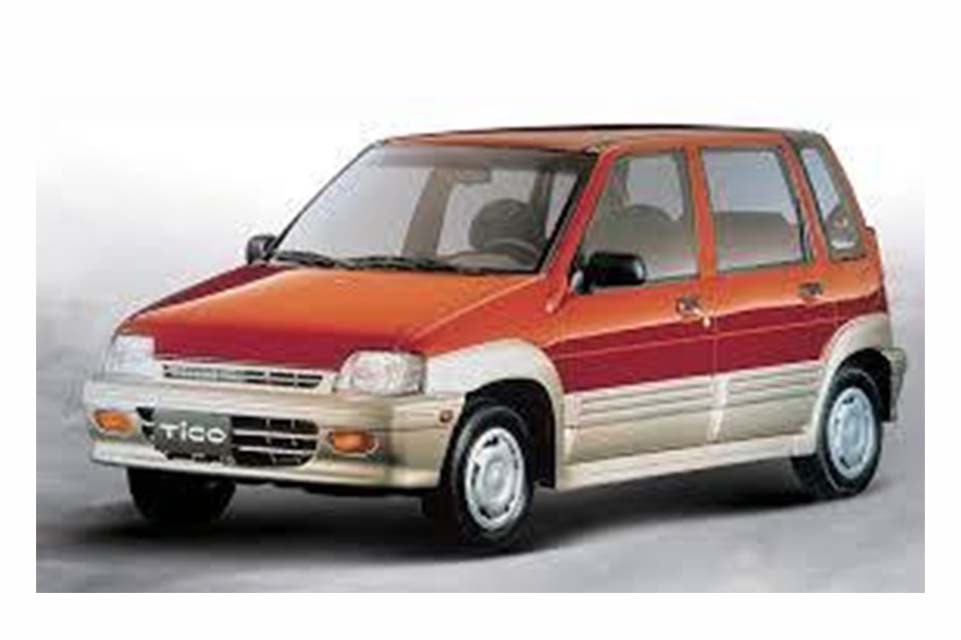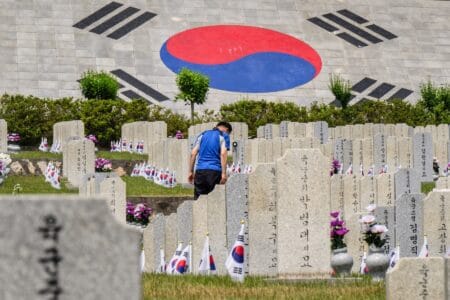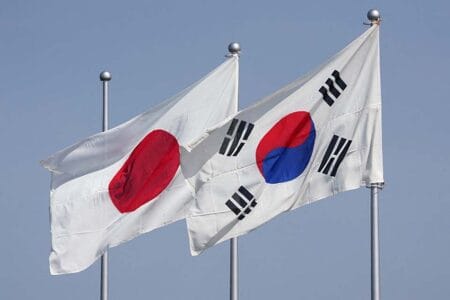July 9, 2025
SEOUL – Once a major force in Korea’s auto market, city cars — with engines under 1,000 cubic centimeters and priced around 10 million won ($7,330) — are rapidly disappearing from Korean roads.
The segment, which saw annual sales of over 200,000 units and left iconic models like the Tico and Matiz, has continued to decline, dropping another 32 percent to just 36,989 units in the first half of 2025.
- Birth: Daewoo Shipbuilding and Heavy Machinery, now Hanwha Ocean, launched Korea’s first city car, the Tico, in 1991 in partnership with Japan’s Suzuki Motor. Priced initially at 2.9 million won, the model dubbed the “people’s car” sold 680,000 units by its phase-out in 2001.
- Boom: Policy incentives introduced in 1996 and the 1997 financial crisis boosted city car sales, raising their share to 27.6 percent of annual car sales in 1998, with 150,000 units sold. Daewoo Motor, having absorbed the shipbuilder’s city car division, launched the Matiz that year. Hyundai and Kia also released the Atoz and Visto but phased them out in the early 2000s, leaving the Matiz as the segment leader.
- Peak: With eligibility for city car incentives expanded from 800 cc to 1,000 cc in 2008, the Matiz faced growing competition from Kia’s Morning and Ray, with the Morning selling over 110,000 units in 2011. City car sales peaked at 216,000 units in 2012, as General Motors, having acquired Daewoo’s passenger car division, launched the Chevrolet Spark, a fully redesigned Matiz.
- Waning:The Spark was discontinued in 2022, marking the end of Daewoo’s 32-year legacy in the city car segment, and Morning’s sales in Korea fell to 15,000 units in 2024. Hyundai rolled out Casper in 2021, but the company is shifting away from the city car category, its models growing in size and price. City car sales in 2025 are forecast at 70,000 units — under 8 percent of total passenger car sales.
- Acquisition tax exemptions have been reduced. While the 50 percent discount on highway and public parking fees remains, further cuts are expected as the government shifts its focus to eco-friendly vehicles.
- Automakers are reluctant to launch new city car models due to the low profit margins — a few hundred thousand won per unit — compared to compact cars, which limits consumer options.
- Rising manufacturing costs and growing demand for added features have pushed city car prices close to 20 million won, reducing their price advantage over other segments.
- Korean consumers are increasingly drawn to larger vehicles, especially influenced by the evolving role of cars for leisure.
City cars remain popular in Korea’s used car market, especially among novice drivers for their ease of driving and parking. In May, the Kia Morning, Chevrolet Spark and Kia New Ray were the top-selling used models, according to Carisyou.
Overseas demand remains strong. The Kia Morning, sold as the Picanto in Europe, recorded 49,000 units sold abroad from January to May — nine times more than in Korea, with over half of those sales in Europe.







